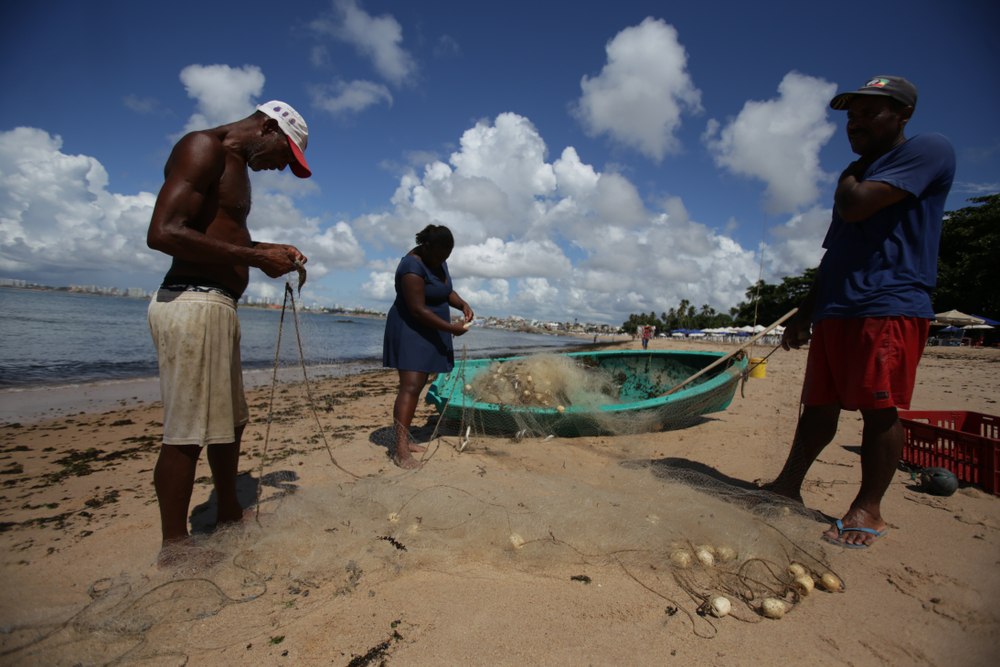More than 100 days have passed since the first signs of oil were sighted on Brazil’s northeastern coast. This environmental crisis of as yet unknown origin is far from being circumvented, as there are reports of new stains being sighted on the coast of Rio de Janeiro and Santa Catarina, further south than the initial reports. According to Brazil’s environmental protection agency Ibama, more than 900 locations around Brazil were affected.
Despite initial reports that the oil was from Venezuela, suspicions have arisen that the substance could in fact have come from Brazil’s very own pre-salt oil layer.
Petrobras has 25 oil extraction platforms in the region. Two sources consulted by The Brazilian Report, who asked to remain anonymous, stated that the possibility of the spill coming from Brazil’s pre-salt was mentioned by a professor at the Federal University of Sergipe, but was hushed after a secret visit he held with Environment Minister Ricardo Salles.
The minister landed on the campus by helicopter and went straight to speak to the professor. The meeting took place behind closed doors and the researcher has not commented on the subject.
One of the sources also mentioned that not even the Federal Police knew about the visit, and they had to contact the university to find out the details of Mr. Salles’ trip, in order to ensure his security.
Fishing takes a hit
But in addition to the environmental damage, there was a sharp drop in fish sales, especially in the Northeast. In the state of Pernambuco, for example, this market moves BRL 86 million per year, according to a survey conducted by UFPE professor Cristiano Ramalho, a sociologist who has been studying these communities for more than 20 years.
The survey showed that the trade in fish and seafood in Pernambuco was equally affected in regions hit by the oil spill and those that were left untouched. In the mangrove region, the drop in sales was 95 percent, while the crab trade fell by 80 percent, followed by fish, which fell by 70 percent.
Along with the drop in sales came a fall in prices. Reports from fishermen in the region collected during...


 Search
Search






































